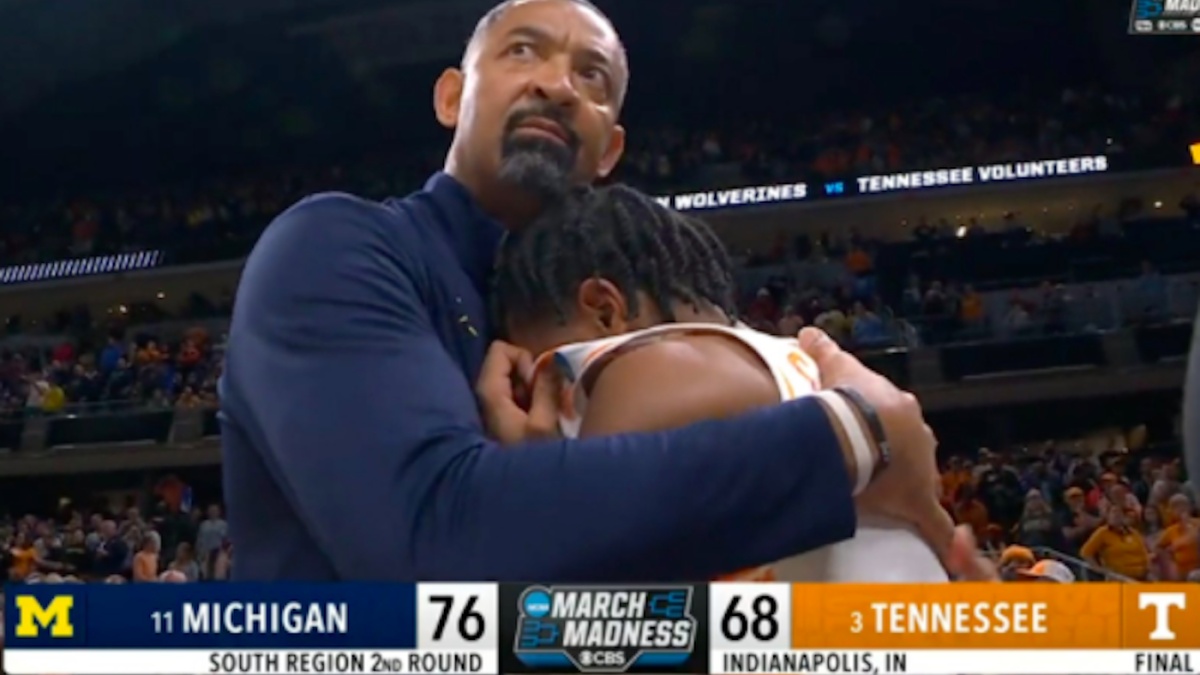As professional service providers, we all spend a LOT of time polishing our messaging. Whether it’s our website, email promotions, social media or any of a myriad marketing vehicles, we’re obsessed with crafting pitch-perfect messaging.
But there’s a BIG problem with all this focus on message. Most prospects are far more interested in making a personal connection than pitch-perfect messaging.
In other words, people do business with people. Usually, people they like. Moreover, according to Robert Cialdini, author of Pre-Suasion: A Revolutionary Way to Influence and Persuade, “people like doing business with people who like them. And are like them.”
What Cialdini is REALLY talking about is relationship building. The key to building productive and sustainable business relationship is getting prospects to know, like and trust you. And relationship building is the holy grail of know, like and trust.
But the question is: How do you build a relationship with someone you don’t know???
Excellent question! And as if he heard your question, Cialdini offers up five strategies to help prospects know, like + trust you…
Make a Personal Connection
Got a hot lead? Or even just a warm prospect?
Odds you’ll win their business rises exponentially if you find common ground. Geographical location (city, state or region), college alma mater, favorite sports team, hobbies, or any other similar personal details are great intel to form the basis of a personal connection.
Thankfully, social media provides a treasure trove of such data. So, hop on LinkedIn, Facebook, Twitter and other platforms your prospect might be active on, and gather up some juicy deets to help inform your initial contact. With a little exploration, you can uncover a LOT of valuable info…
Quick Case Study
Top-tier LinkedIn coach, John Nemo, once scored a $100k marketing contract just by finding a prospects college alma mater (which, of course, he discovered on LinkedIn!).
Based on the prospects vintage, John guessed the guy would remember a famous play at one of his college alma mater’s basketball games, and sent him a YouTube link showing the play. Well, not only did the prospect recall the play, HE WAS AT THE GAME. And he LOVED the clip! He boasted to John about sharing with his entire office. Most importantly, he also hired John for a contract worth $100K.
That simple share instantly laid the foundation for an extremely lucrative business relationship.
Ask Your Prospect What They Need
When you have an opportunity to connect with a prospect, your inclination to make all about you. More often than not, you wind up blab all about your experience, accomplishments, capabilities, etc… But this is a UGGGGGGGGGGGGE mistake!
First and foremost, it ignores the First Rule of Marketing: All prospects + clients are afflicted with WIIFM (What’s In It For Me) syndrome. Prospective clients don’t care about how great you think you are. The ONLY thing they care about how you’re going to solve their problem.
And secondly, if you’re blathering on, you’re not LISTENING. And listening to your prospects is the key to discovering their pain points. If you LISTEN, prospects will actually give you the insight necessary to offer them a credible solution…
Quick Case Study
A client once ambushed me with a referral on a conference call. A client conferenced me with a prospect my they wanted to refer without warning. Now don’t get me wrong, I’m beyond thrilled with any and all referrals (please, send them my way!). But my client setup the interaction like a pitch meeting, meanwhile I had no idea who I was pitching to or what they needed?!
So, instead of launching into my “spiel,” I began with a simple question: “What are you looking to do?” The prospect immediately opened up, and the problems they were struggling with all came tumbling out. That “hot lead” is still a client to this day.
Be Honest About Your Weaknesses
As we’ve already noted, people want to do business with people. And specifically, with people they like. Which means, your prospects are looking to make a personal connection in their business partnerships.
One of the best ways to make a personal connection? Express vulnerability, an action that humanizes your business. And nothing makes you more vulnerable than admitting a weakness…
Quick Case Study
Successful copywriter turned in-demand freelance copywriting coach, Ed Gandia, freely admits he’s “not the best copywriter in the business.” Not even close. In fact, hee concedes there are plenty of copywriters with more experience and “native wiring talent” than he.
Ed certainly brings other assets to the table and trades upon them to win business. But his willingness to admit what he lacks ingratiates him with prospects and clients. And based on client feedback, Ed’s certain his candor is the biggest contributor to his overall success.
Highlight Your Greatest Strength
When you’re pitching a new prospect, naturally you want to showcase EVERYTHING you can do. Because, the wider you cast your net, the more “wales” you’re likely to catch, right?
Not so much… In fact, the more services you purport to offer, the greater the likelihood you’ll discourage a prospect. Sound counter-intuitive? Think of it like this… If you need help with email marketing, you don’t want the guy that handles website copy, social media promotion AND email marketing. Nope. You want the guy who strictly specializes in email marketing.
Zeroing in on the one thing you do “best” also gives prospects something to latch onto. You could be the “website gal,” but that pits you against an endless pool of competitors. But if you were the “accountant’s website gal,” you’d have far more focused prospect pool. And those prospects are apt to gravitate toward your services because you GET their business…
Quick Case Study
Returning to LinkedIn coach, John Nemo, his first business was a marketing and communications firm that SPECIFICALLY targeted debt collection agencies. John leveraged a former position as the marketing and communications director for a debt collection agency to position himself as the guy “in the know” in a highly specialized and heavily regulated industry.
Prospects quickly latched on to John’s industry-specific experience. And with zero promotion, outside of, you guessed it, LinkedIn, John built Nemo Communications into a multiple six-figure business in virtually no time at all.
Ignore Your Competitors
Knowing your competitors inside and out is a critical aspect of effective marketing. Understanding your strengths and weaknesses relative to your competitors illustrates your advantages and the areas where you need improvement.
But as important knowing your competitors happens to be, it’s never a good idea to mention them to a prospect…
First of all, it takes the focus off you. And that defeats the whole point of relationship building, which is all about forging a connection between you and your client. Competitors ARE NOT invited to this party.
Secondly, disparaging a competitor can make you seem petty, mean or envious. None of which are traits likely to ingratiate you with a prospective client.
And lastly, you may wind up referencing a competitor your prospect wasn’t even aware of. In which case, you’ve muddies the waters by offering a prospect a potential alternative solution.
What Are Your Best Prospect + Client Relationship Building Tools?
No doubt you have some long-term clients who’ve been on your roster for quite a while. So, how do you foster those relationships? What’s your secret? Drop by my Google+ page and share!



